3 Hacks to Break in Work Boots Fast
New work boots often feel stiff and uncomfortable until broken in.
Even if you’ve made sure to buy boots that are the right size, it can take weeks of wear before your feet stop rubbing against the interior of your boots.
If you’re in a rush to wear your work boots, you’ll need to speed up the process without causing them any damage. Today, we’ll be looking at three proven hacks that’ll not only break your boots in much quicker than simply wearing them until the pain goes away but will ensure they stay in perfect condition.
3 Hacks to Break in Your Work Boots Quickly
When it comes to breaking in work boots, it’s often millimeters of flexibility that make all the difference.
Stiff leather won’t bend or flex when you’re moving, so you’ll need to either stretch out the leather to have more movement or soften it so that it molds to your feet, bending when you do. If your work boots are made of thick leather, buying the right size is essential, but sometimes you’ll need some help quickly breaking them in.
Hack #1: Use a Boot Stretcher
A boot stretcher is one of the easiest, quickest ways to break in your work boots. You can stretch out your boots enough so that they’ll break in in around five hours if you’re lucky. A boot stretcher is also incredibly safe to use and won’t damage your boots the way some alternatives will.
Using a boot stretcher is as simple as:
1. Testing the Comfort of Your Boots Beforehand
There’s only one real downside to a boot stretcher—it’s almost irreversible if you get it wrong. The only way that will happen is if you overstretch the boots, so it’s worth wearing your new boots around the home for a few hours to see how tight they feel.
If the boots are a perfect fit but need a little help being broken in, you won’t need to apply much pressure to make them feel great on your feet. If the boots feel tight and are made of thick leather, you’ll have to use a few extra turns on the boot stretcher.
One great phrase to remember when dealing with a boot stretcher is “little and often.” It’s easier to stretch slowly and then go back and stretch them out a little more than it is to overstretch and have nowhere to go.
2. Applying the Boot Stretcher
Once you know how much stretching your boots need, apply the boot stretcher to force out the leather from within. Push in the boot stretcher until it reaches the toe box, and turn the handle counter-clockwise until you notice it is getting harder to turn.
At this point, you need to decide how much additional pressure to use. The mantra “little and often” applies here, as you want to break in your boots, not break them. Turn the handle until the boots are being stretched, and then leave the boot stretcher in for about five hours.
3. Checking and Reapplying the Boot Stretcher If Necessary
Once stretched, you’ll need to wear your work boots around your home to see if they’re adequately stretched. If they’re more flexible and comfortable, the boot stretcher has worked, and you shouldn’t try to stretch your boots further.
If the boots are still tight, you’ll need to use the boot stretcher again and add at least one more turn of the handle to apply further pressure. Leave the stretcher for a further five hours, and try on your boots.
You’ll be able to do this indefinitely until the boots are broken in, just don’t be tempted to crack the boot stretcher too far to speed things up—you’re looking for the perfect fit, not clown’s feet.
Hack #2: Conditioning Your Boots
Conditioning your boots to break them in takes a little longer than a boot stretcher but ensures that your boots will be a perfect fit. Conditioning the leather softens it, allowing it to contour to your feet and making this method the most comfortable way to break in your boots.
1. Conditioning Your Boots
This hack works well as it’ll allow you to soften the leather of your new work boots, as well as keep the leather in top condition. It’s always a good idea to condition new boots as it’ll keep them water-resistant, but when breaking your boots in, it’ll speed up the process considerably.
You won’t need to clean your boots if they’re new, but if you’ve worn them a few times and found they need breaking in, ensure you clean off any dirt before applying the conditioner.
Using a clean microfiber cloth, apply a leather conditioner such as Obenauf’s Oil to your boots, evenly distributing the oil to the upper and lower. Obenauf’s oil softens stiff leather, reducing breaking-in time and enriching the leather with the natural oils it needs.
2. Wearing Boots While They’re Still Damp
Typically, you’d apply conditioning oil and then leave your boots to dry naturally, but in this case, you’ll take advantage of the fact that the boots are damp and pliable.
While wearing a thick pair of work socks, such as the Darntough Boot Work Sock, a sock that’s so tough, it comes with a lifetime guarantee, put your damp boots on. Wearing thick socks will force the leather to stretch, speeding up the break-in period.
Wear your boots at home for a few hours, even while watching TV, and let the conditioner dry into the leather. The softer leather will be easier to stretch and, as it dries, will contour more quickly to the shape of your foot.
3. There’s No Such Thing As Over-Conditioned
This hack can sometimes take three or four attempts before it really stretches and shapes your boots, so you’ll need to allow the boots to dry on your feet and then repeat the process.
Luckily, you can’t really over-condition your boots, so you can repeat the steps as often as needed. If too much conditioner soaks into the leather, it’ll stop absorbing it, leaving a residue on your boots that can be wiped off using a clean cloth.
Simply repeat steps one and two until your boots are comfortable and broken in. If you have the time, you can achieve this in two days, with perhaps two conditionings per day.
Hack #3: Break Boots in at Home Using Boot Stretching Spray
Using boot stretching spray to break in your boots works like a conditioning oil. The spray will soften the leather to a point where wearing your boots with thick socks will allow it to expand easier, breaking them in much quicker.
Boot stretching spray won’t condition or nourish the leather, but it’s a fast, easy way to break in boots and can be repeated until your boots fit perfectly.
1. Spray Your Clean Boots
Place your boots on some old newspaper, and from about 8 inches away, spray them liberally with the boot stretching spray. You don’t need to soak the boots, but make sure you’re getting all the leather on both the upper and lower generously covered.
It should go without saying by now, but ensure you’ve cleaned your boots thoroughly before spraying them. If they’re brand new, you can just spray them immediately.
2. Wear your boots at home
Once they’ve been sprayed, it’s time to wear your boots around your home for a few hours to break them in.
Wear thick socks like the Darntough Boot Work Sock to ensure the boots are forced to expand from the inside and keep them on until the spray has dried.
3. Keep spraying until your work boots fit
Unlike conditioning your boots, which can take a few hours to dry, boot stretching spray doesn’t take too long to absorb into the leather, so this hack is noticeably quicker and easier to implement.
Once your boots have dried, take them off, respray them, and put them back on. You can repeat this several times a day until the boots have stretched to the point where they’re comfortable.
Once your boots are broken in, it’s a great idea to condition them using Obenauf’s Oil before wearing them for work. Not only will this protect and rejuvenate the leather, but the leather will remain pliable and more comfortable to wear.
Broken-In Means Comfort From the Start
As you can see, breaking in work boots fast doesn’t have to be a complicated process and can be done quickly using any of the above methods. In fact, you can combine any or all of the hacks we’ve shown to speed things up even further.
Using boot stretching spray with a boot stretcher is an excellent combination that’ll have your boots broken in quickly. The same can be said for using Obenauf’s Oil with a boot stretcher, and combining these hacks means you can condition and protect your boots and leave a boot stretcher on overnight to get them broken within 24 hours.
If you’ve enjoyed this guide, feel free to like and share it, and don’t forget to leave a comment below if you’ve got your own hacks for breaking in work boots fast.
FAQs
What is the fastest way to break in new work boots?
The fastest way to break in new work boots is to use a boot stretcher. A solid boot stretcher can break in boots within five hours and be even more effective if combined with a boot stretching spray. Neither of these methods damages the leather and will break boots in quickly.
How long do work boots take to break in?
Depending on the method, boots can take between five hours and five weeks to break in. If you’re breaking in your boots by simply wearing them to work every day, it can take weeks for the leather to soften enough for the boot to break in. You should see results overnight if a boot stretcher is combined with conditioning oil.
How do you break in work boots overnight?
You can have new work boots broken in overnight using a boot stretcher. If the boots are almost a perfect fit, they can be broken in as little as five hours. If you need your boots to be broken in by the next day, using a boot stretcher with a stretching spray or conditioning oil will speed up the process by softening the leather and forcing it to stretch.
Should you break in work boots?
If you need to wear your new work boots immediately, it’s always a good idea to try to break them in immediately. The longer you wear ill-fitting or tight boots, the worse condition your feet will be in. Over several weeks, this will slowly disappear as the boots break in naturally, but to avoid pain and discomfort, you should always break in your work boots.

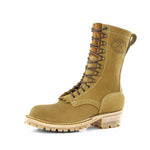

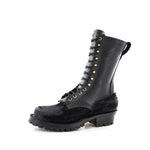
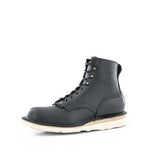
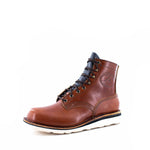

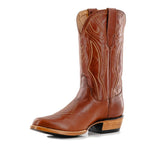
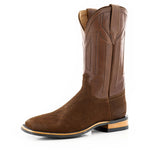
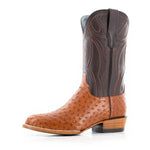


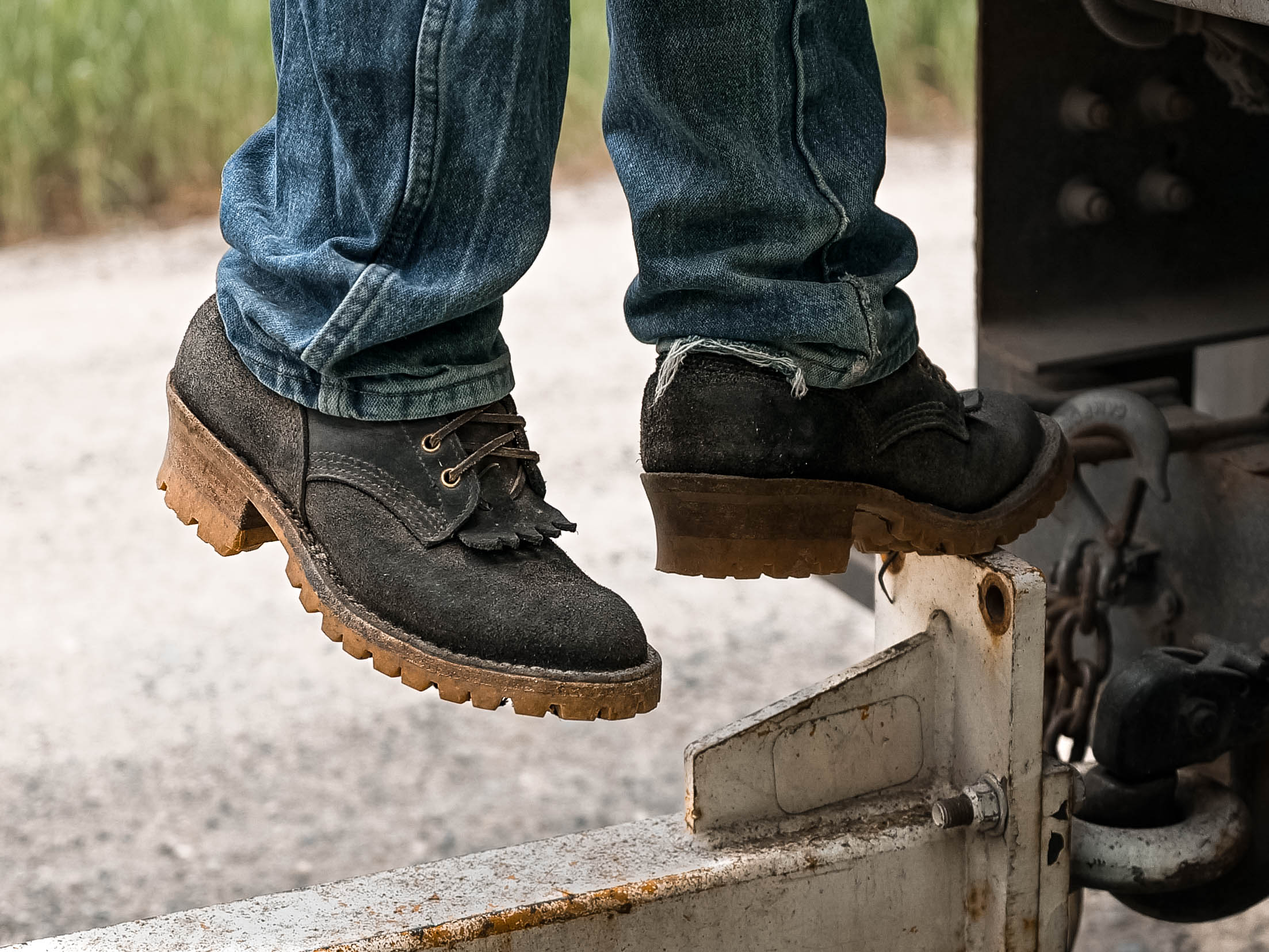
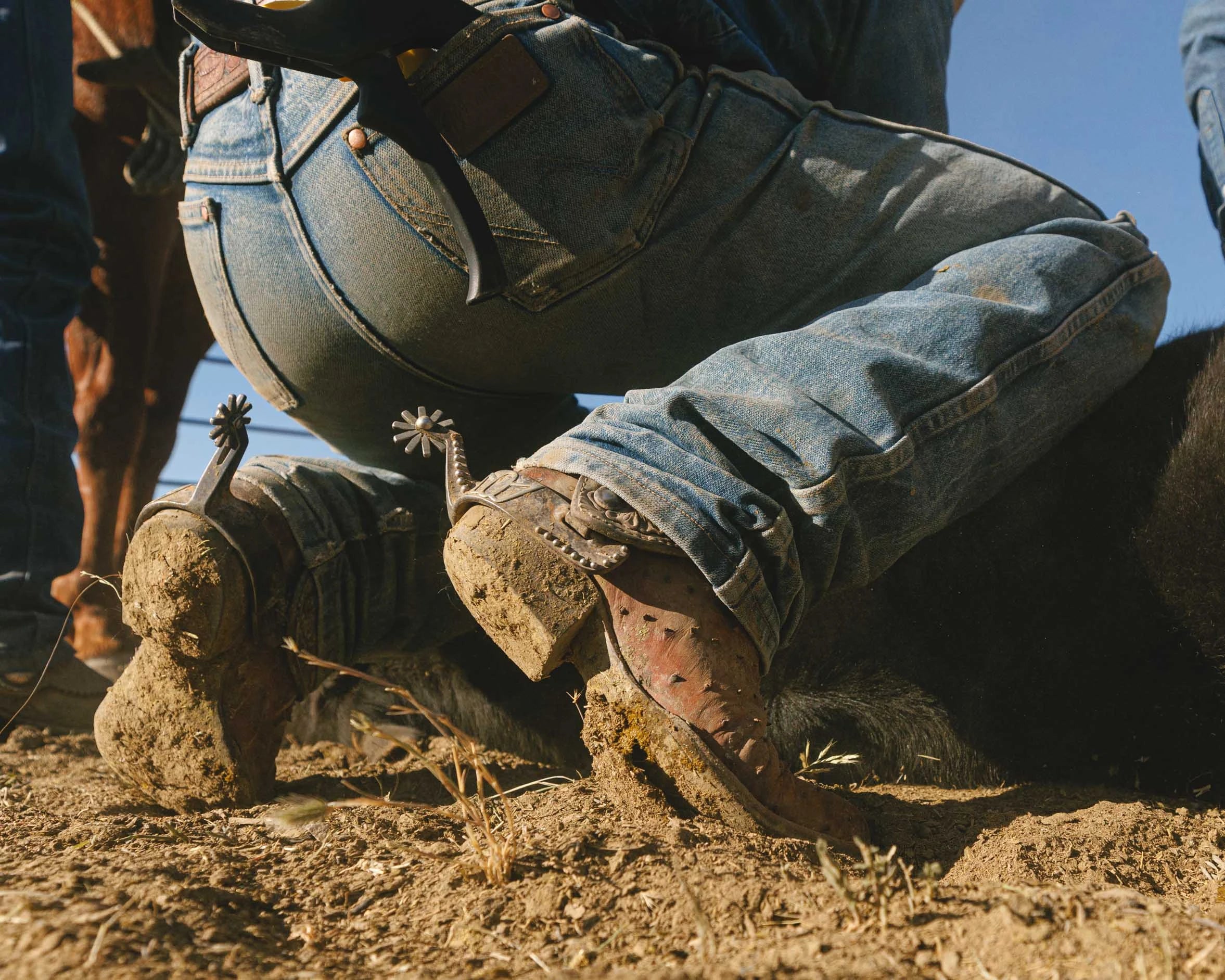

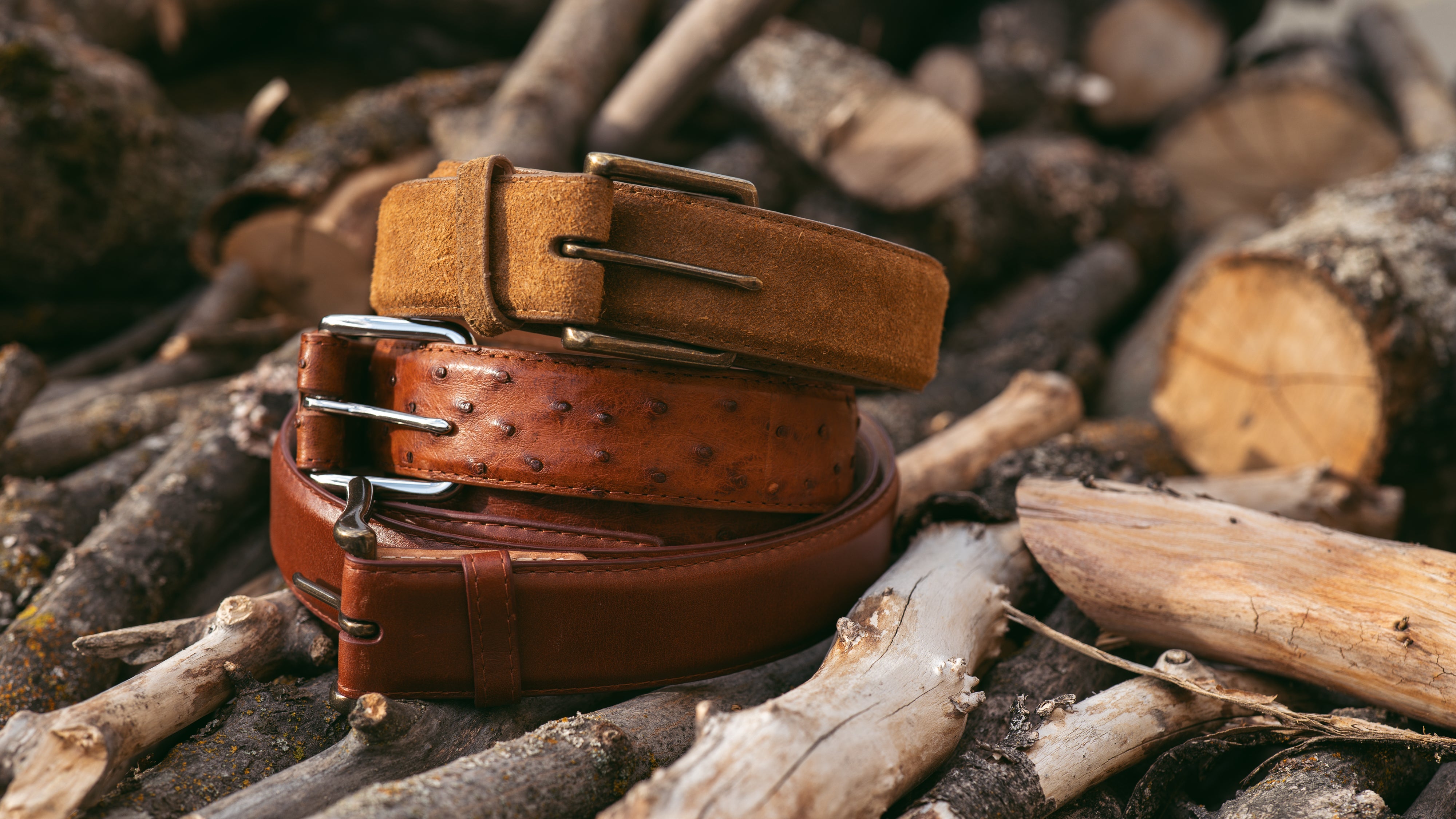
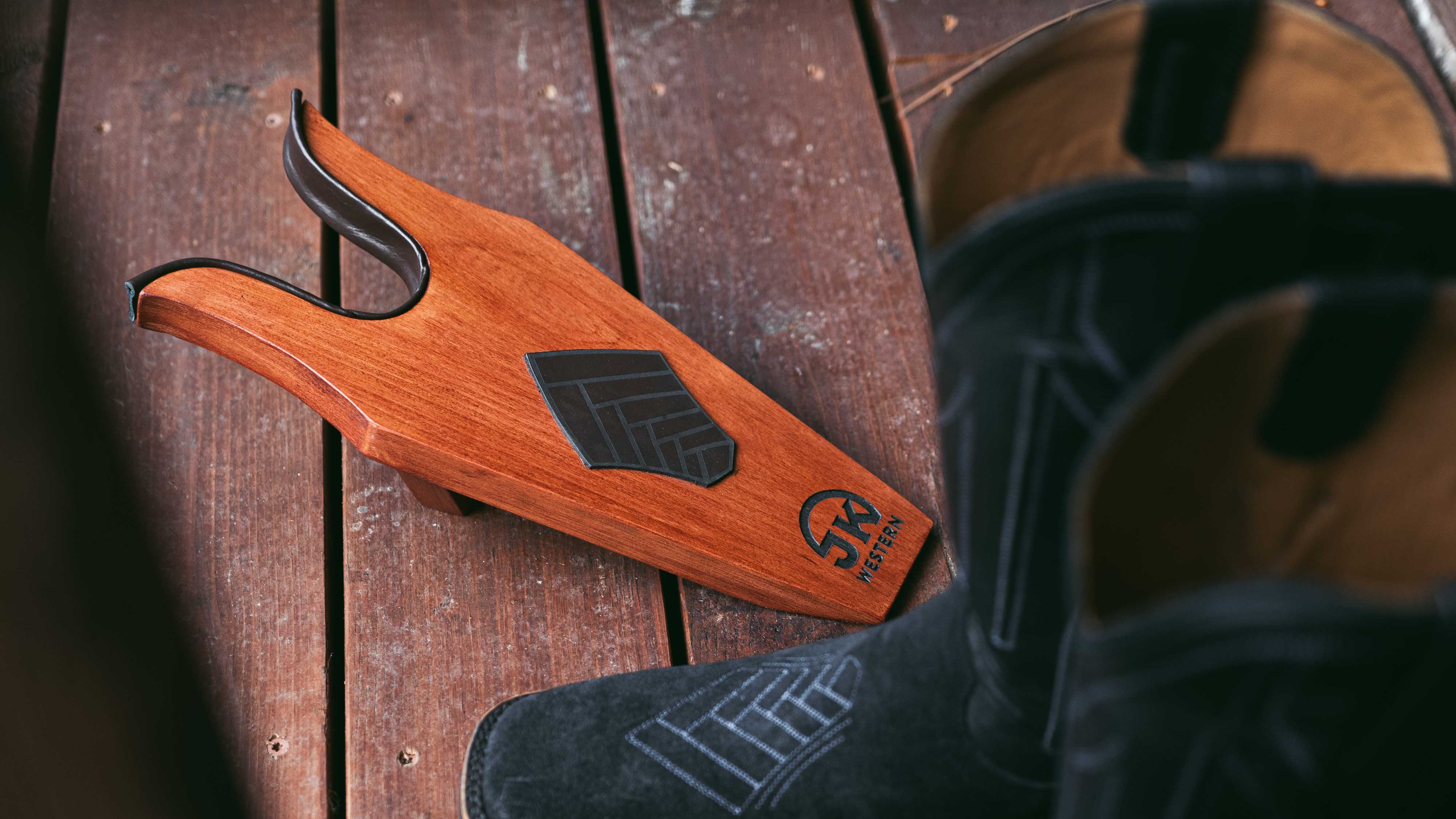
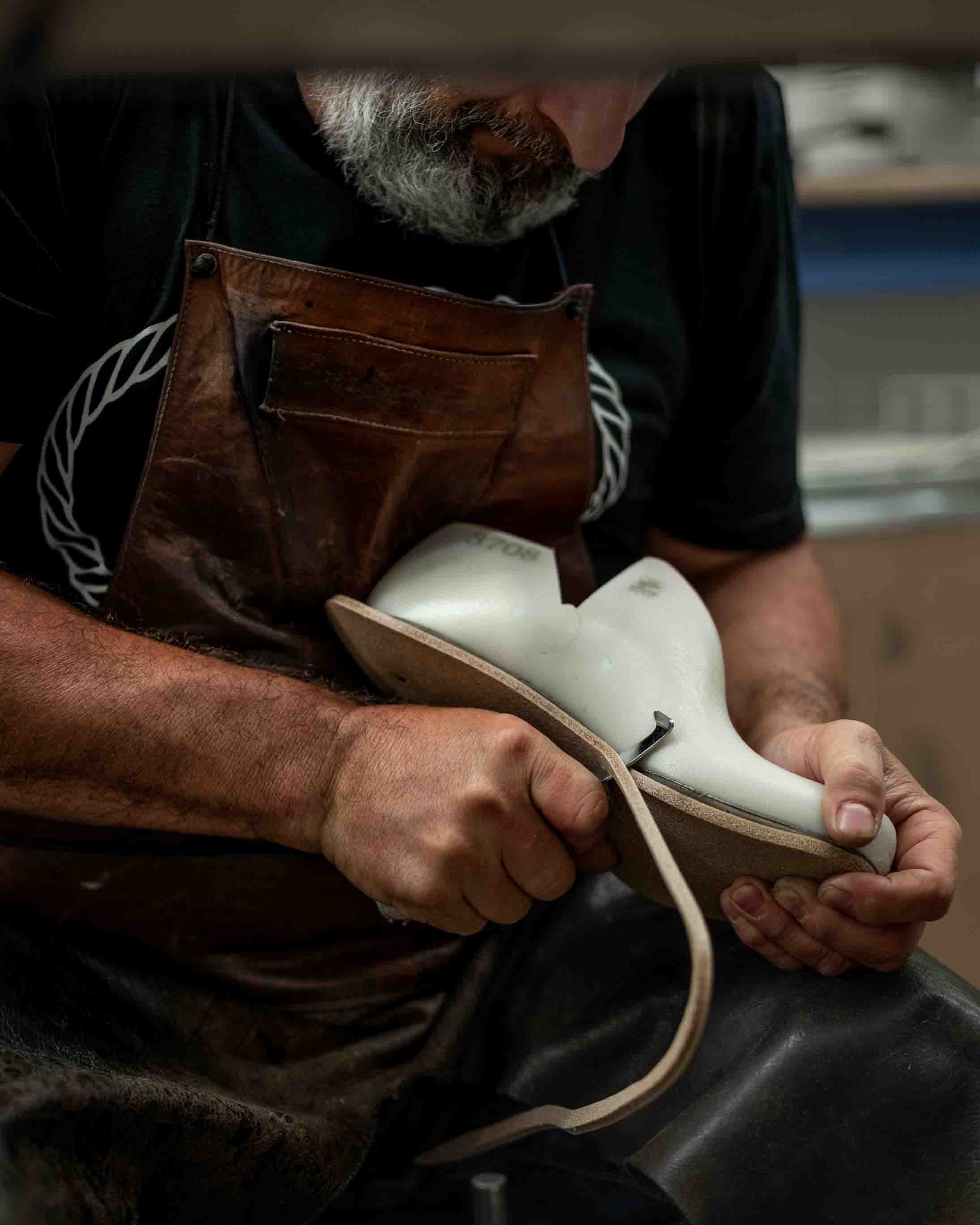

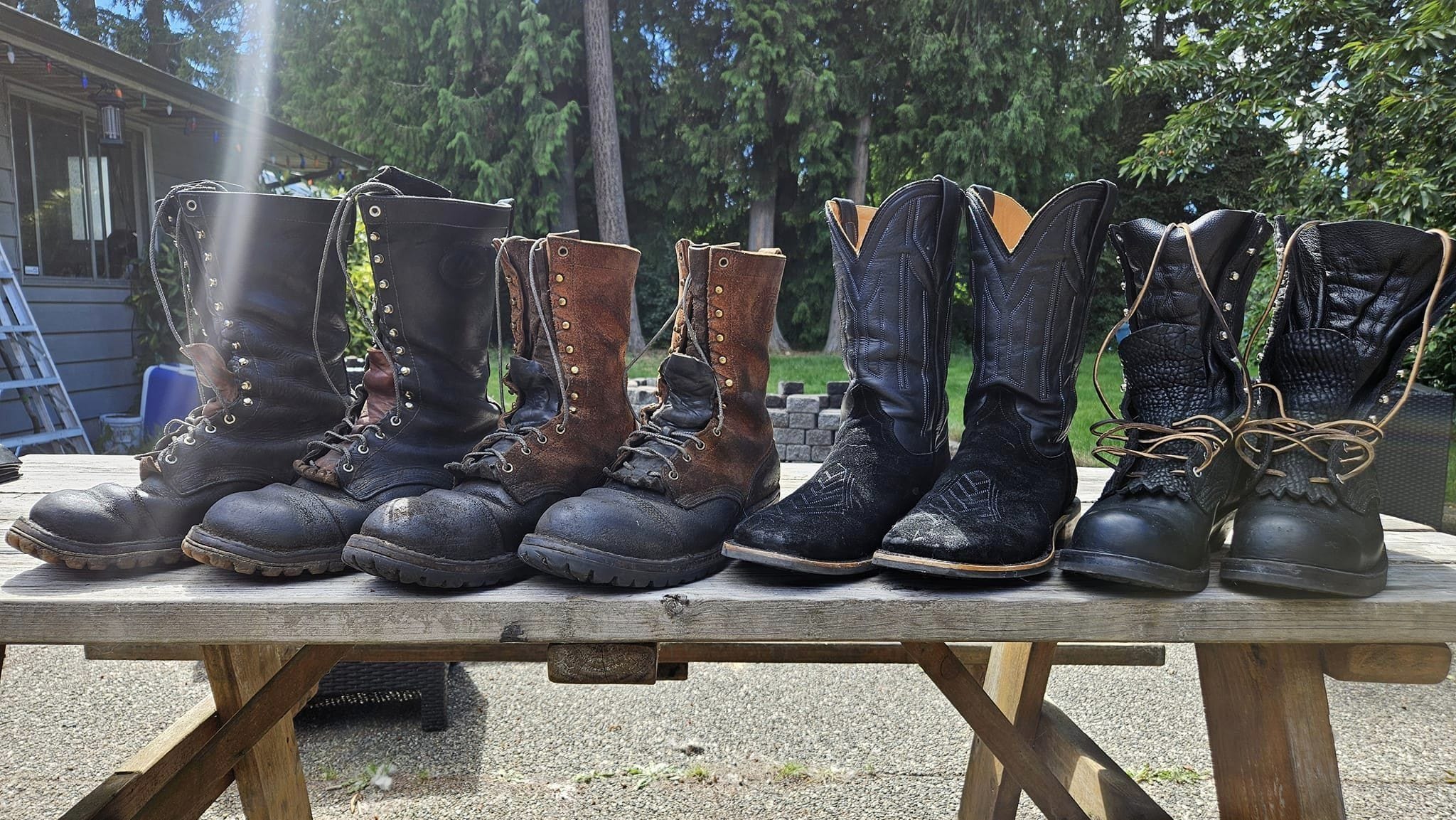
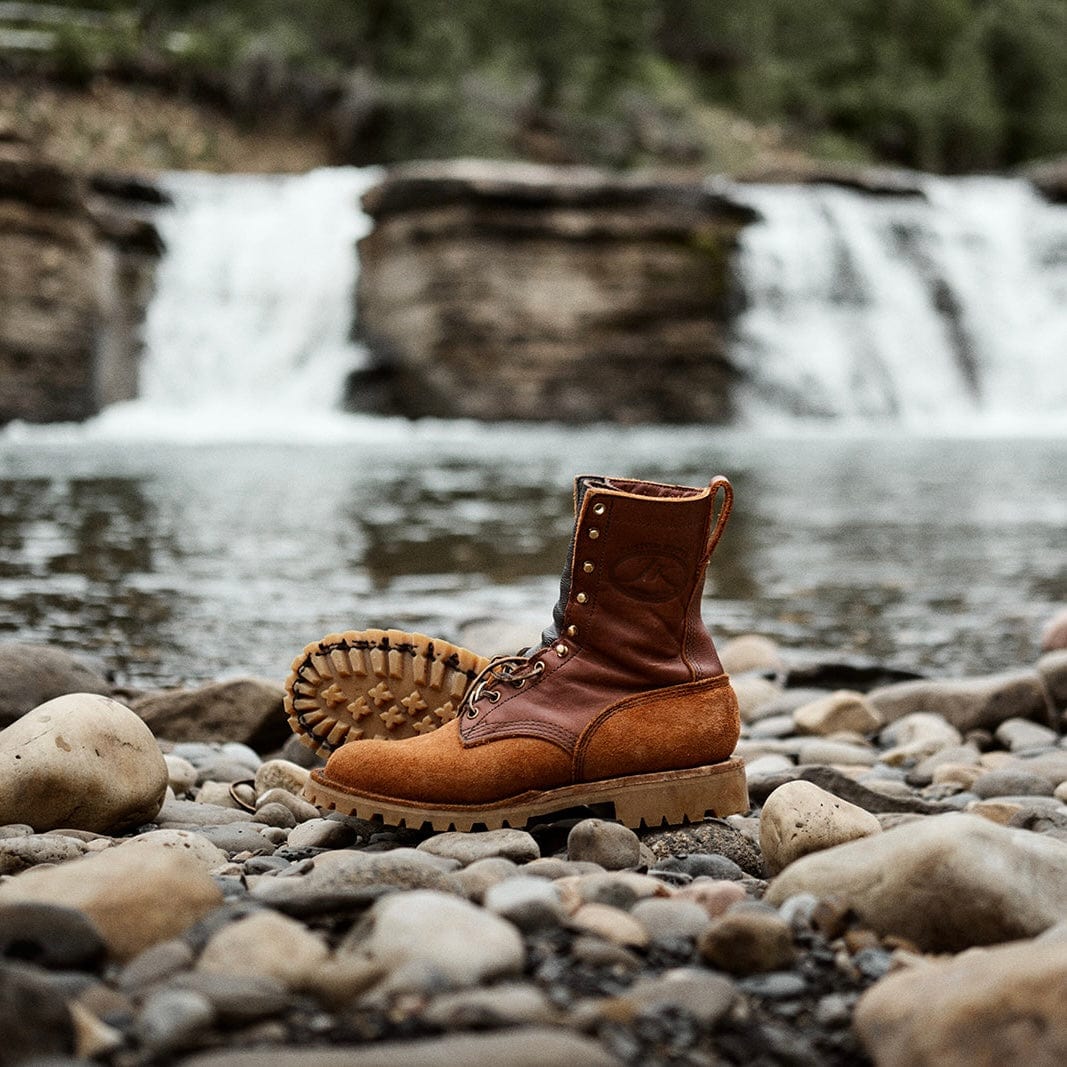
The lower boot is fine.
The neck is too tight to be comfortable when laced up. I have thick calves and ankles(paratrooper). Can the neck be stretched without damage and how?
Louisville 6" WP Steel toe
Thank you , Don
My bison superduty’s w/ honey sole only have about 24 hrs on them. They hurt the bottoms of my feet after a while, even with your neoprene insoles. I know the leather insoles need broken in still, but I’m nervous because my very-broken-in smoke jumpers w/ redX still hurt the bottoms of my feet. I spend most of my time on hard surfaces but I wanted a bit that can go anywhere. I have very thick cushy Hollow brand alpaca socks. Are my feet weak? Are handmade hard sole boots not meant for me? I’ll be patient breaking in the super duties. I’m looking for peace of mind in my decision and painful commitment, and any other tips I can’t seem to find. I really want that fuzzy wool slipper feel I’ve heard so much of from quality rugged boots. Thank you
Leave a comment